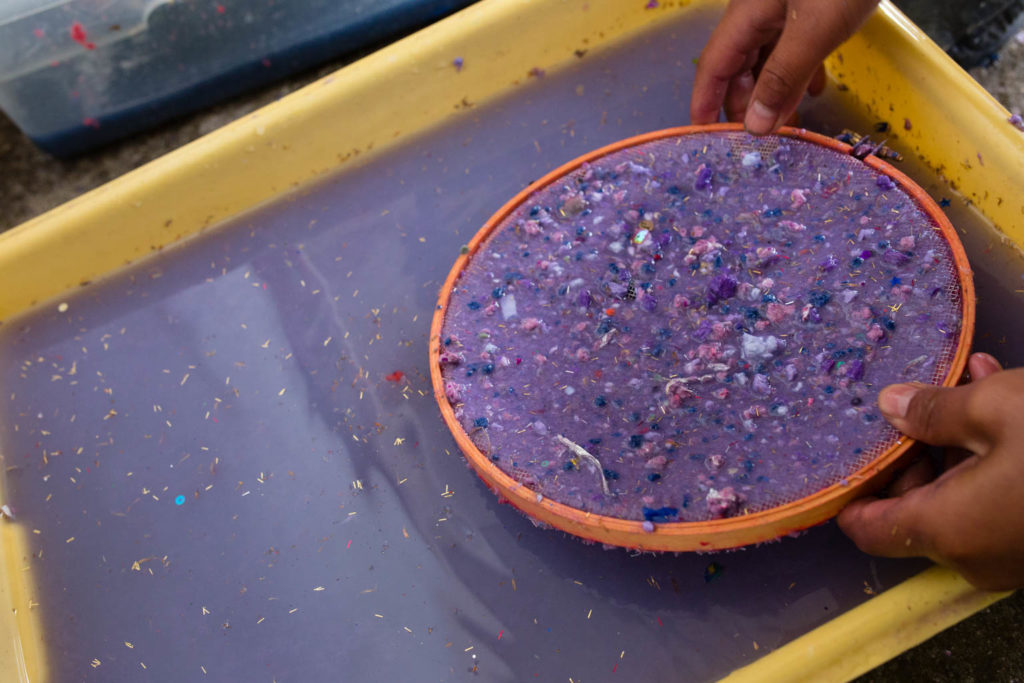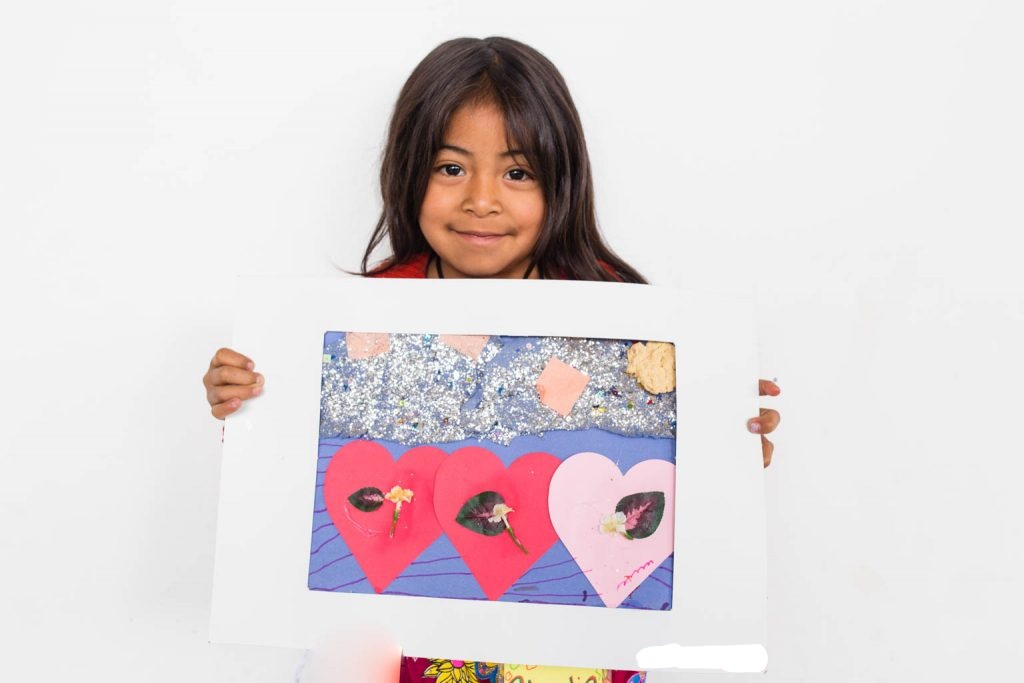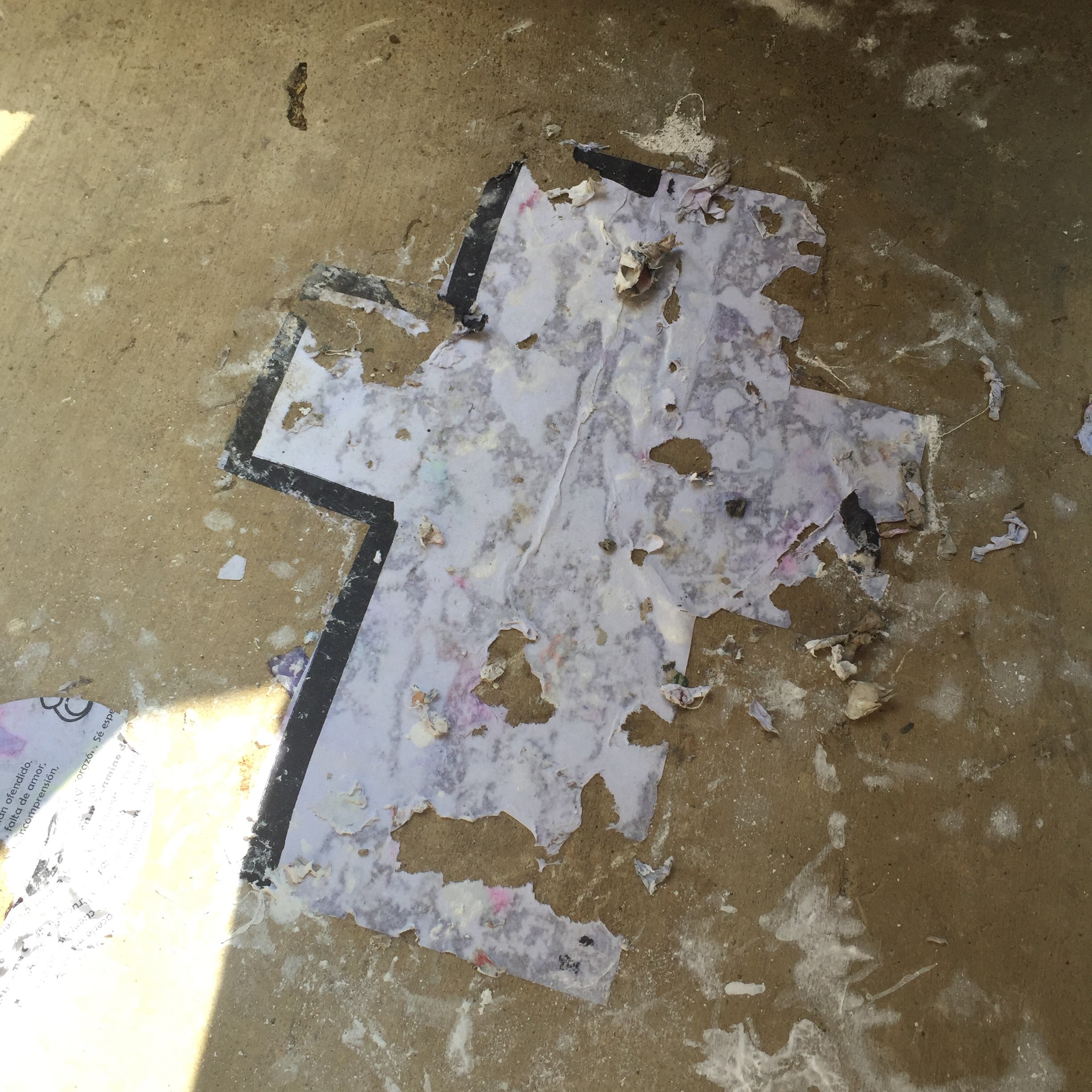A couple of weeks ago we celebrated Christmas, a feast of thanksgiving for the incredible fact of the incarnation—that God would take on human nature, including human flesh, to redeem it and draw us into union with Him. “The Word became Flesh and dwelt among us” (John 1:14). Just in case you’re rusty on your Latin, the word incarnation quite literally means en-flesh-ment. To incarnate something, then, is to en-flesh it, to give it physical properties.
So what does that have to do with making art? As I’m learning from Madeleine L’Engle in her book Walking on Water, and as she learned from artists and theologians before her, to make art is to incarnate an expression of the soul. If our bodies are the incarnations of our souls themselves, our art may be the incarnation of an idea, emotion, desire, belief, question, or some other movement of our souls.
(I would like to interrupt myself here and assert that my understanding of this is very, very feeble, even by human standards, but I’m going to charge on and try to explain what I’m learning anyway, just in case it may prove useful to someone. I suppose this is what you call “comparing notes on the human experience.”)
The following is the best I’ve got (so far) on how incarnating movements of the soul/creating art works:
 God stirs our souls.
God stirs our souls.- God inspires us to make art about those soul-stirrings, and He even inspires our specific artistic choices.
- We attempt to listen to, trust, and obey God’s inspirations. We create art, and hopefully art that looks at least a little bit like the vision He’s placed in our mind’s eye. At this point we may not understand why the colors, words, shapes, or chords flowing out of us are the right ones, but that’s part of the trust and obedience. (Side note: I think this is what people mean when they talk about “good art” or “authentic art.” In my opinion, good art is created when the artist trusts his or her inspirations, instead of letting fear or vanity get in the way. I’m pretty sure it’s going to take me my entire life to figure out how to do that.)
- When the piece is finished, we step back to contemplate it. Now the colors, words, shapes, and chords—the incarnations of our soul’s movement—teach us more about those stirrings. They help us understand what we feel, believe, wonder, hope, etc. and why. Essentially, God now teaches us through the concrete piece of art He has just inspired us to create.
Mind-blowing, right? God allows us to share in His power of creation. We are artists, and we are tools in the hand of God. Rather, to be an artist is to be a tool in the hand of God.
“I am a little pencil in the hand of a writing God who is sending a love letter to the world.”
-Mother Teresa
So how does this process play out for the children who participate in Athentikos’ I AM ART camps?
In case you’re new to the I AM ART concept or need a refresher, the I AM ART five-day curriculum centers around story. On the first two days of camp, the kids begin work on a piece that represents who they are and where they come from. They craft their pieces lovingly and are often very proud of the results. On the third day of camp, the children are instructed to drastically modify their piece in such a way that the piece looks, to them, destroyed and irredeemable. Faces are downcast and dreams seem ruined. But then, during the fourth and fifth days of camp, the artist leaders show the children how to continue crafting their piece into a new work of art that is even more beautiful than they imagined it could be.

As a result, the kids’ perspectives change. Through this material-spiritual process, they learn:
- What is ugly can become beautiful.
- What seems impossible is not impossible after all.
- What seems to be within our control is not within our control, but it is controlled by the Master Artist, who loves us even when we don’t understand what He asks of us.
The art that the children take home with them is an incarnation of this new perspective—a physical reminder they can touch and feel when things look dark again.
And this incarnation is important, because sometimes when we are close to giving up hope, all it takes is a beam of light through the clouds, a hand on our shoulder, or a symbol of hope lovingly painted, to remind us who we are.
And believing you are God’s masterpiece changes everything.

